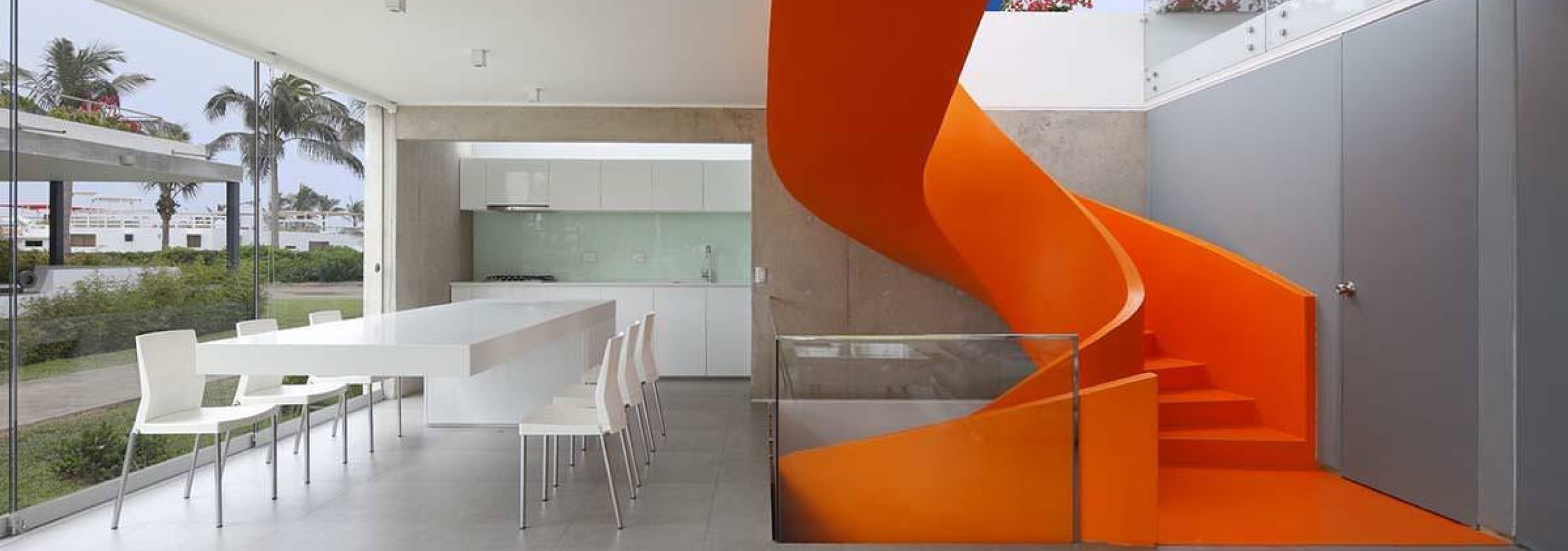
Color Theory in Interior Design | 3DAStudio United States
Color Theory In Interior Design
Have you ever seen a rendering of an interior and been completely blown away by how good everything looks as a composed image? Or even better, have you ever seen an actual interior that was extremely aesthetically pleasing? Chances are, it was due to how the 3d interior designer designed and decorated the space.
Of course, good interior design isn’t just about putting pretty things in a room. It is about understanding how good design works and experimenting with colors to create the perfect interior. And that’s what we are going to talk about today.
We’re going to take a look at the color theory in interior design, what color theory is, and how it is used in interior design to create appealing, comfortable spaces that catch people’s attention and ideally make them want to buy, lease or rent a space. Let’s begin.
What is interior design?
Before we start talking about color theory and how it is used in this field, we need to take a moment to talk about what interior design is and how it is used alongside common 3D rendering home design services. Otherwise, understanding why color plays such an important part will be difficult.
That being said, interior design simply refers to the art and science of enhancing an interior to improve the way it looks and functions, as well as create an aesthetically pleasing environment for anyone using the space. In other words, its main goal is to turn any room or space into something functional and appealing.
Keep in mind, however, interior design isn’t only used for the different rooms of a house. It’s also used for public and commercial spaces, such as commercial offices, restaurants, hospitals and so much more. In order to achieve this, 3D interior designers utilize interior hand rendering or 3D rendering programs on their computers.
This is why interior design relies so much on color, and uses color theory to create the perfect environment. Every space is different and is created to cater to the specific needs of the people who will be living or working there.
It’s also important to mention that color isn’t the only thing interior designers use to create an incredible space, but it is the main element they base their whole design on when going to shop for furnishings and art work.
What is color theory?
Now that we understand what interior design is and how color theory is related to this art form, let’s talk about color theory. If you’re an architect, interior designer or offer 3D interior rendering services, it’s likely you’re already familiar with this concept. If you’re not, you will be surprised at how important color is when it comes to designing how a room is going to look.
Color theory refers to how people see and interpret color in the world. It’s the science behind how humans respond to colors and the different combinations you can create with every single shade.
This theory is heavily based on psychology and how our brains react to certain colors, what they make us feel, and how we can use this to our own advantage to make others feels what we want them to, using nothing but colors.
To understand color theory, it is important to keep in mind that there are different types of colors and they are all represented in the color wheel. This might seem like common knowledge, but a 3D interior designer will constantly use the color wheel and charts to decide which colors they’ll use and how they’ll play around with them.
How to use color theory in interior design
Understanding how colors work and how they affect our mind can be quite complicated, but that’s why interior designers use color theory to better understand what colors work well with each other, which don’t, and how they can be used in their favor.
Like we mentioned above, interior designers work with a color wheel or a specific manufacturer's color chart, such as a paint companies “fan deck”, when it comes time to select the exact color. This wheel represents the full spectrum of all the colors known to humanity by now, and it is used by all types of artist to understand what color scheme they will be using.
Depending on the combination of colors you choose and how these colors are arranged on the wheel, you might be using one of the following color schemes: complementary, monochromatic or analogous. Let’s discuss each of these and how they are used in interior design rendering services.
Complementary color scheme
This is probably the most common color scheme used in interior design since it works perfectly almost all of the time. You see, this trend is based on picking two colors that are opposite from each other on the color wheel.
Basically, you’ll end up with two strong colors that are very different from one another but will complement each other well. This is a scheme that is often used to give high contrast in very small doses. It’s often used in primarily white/open spaces as a way to bring a pop of color to the whole room.
Monochromatic color scheme
Monochromatic color schemes are the total opposite of the complementary technique. You see this time, instead of working with two opposite colors, you will be working with different shades of a single color.
This is a very famous technique that is often used to give an aesthetically pleasing but also calming effect to interiors such as rooms, offices and even hospitals. Of course, this will also depend on what range of color you choose to work with.
Analogous color scheme
Last but not least, the analogous color scheme is created by using three colors in a row on the color scheme, meaning you’re working with three colors that are right next to each other and work very well together.
It is quite similar to the monochromatic scheme, in the sense that it evokes the same feelings. However, this theme must be used in proper proportion, meaning two colors should be dominant and the third one should be used only to add a pop of color here and there.
Keep in mind, color theory is used in many different ways, not just in these three-color schemes. You can combine and play along with many varieties of color as long as you understand how color temperature works and how to combine them properly.

